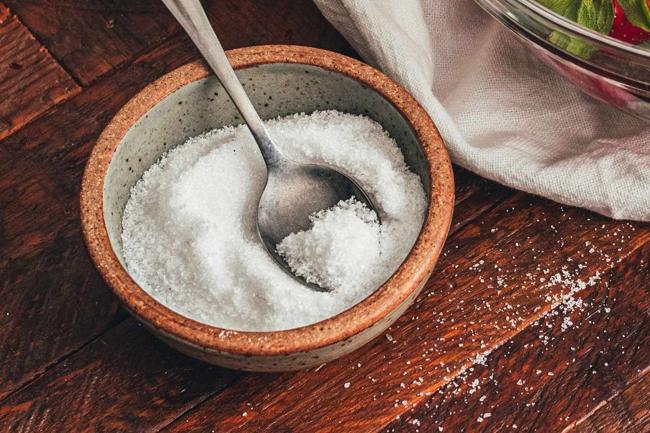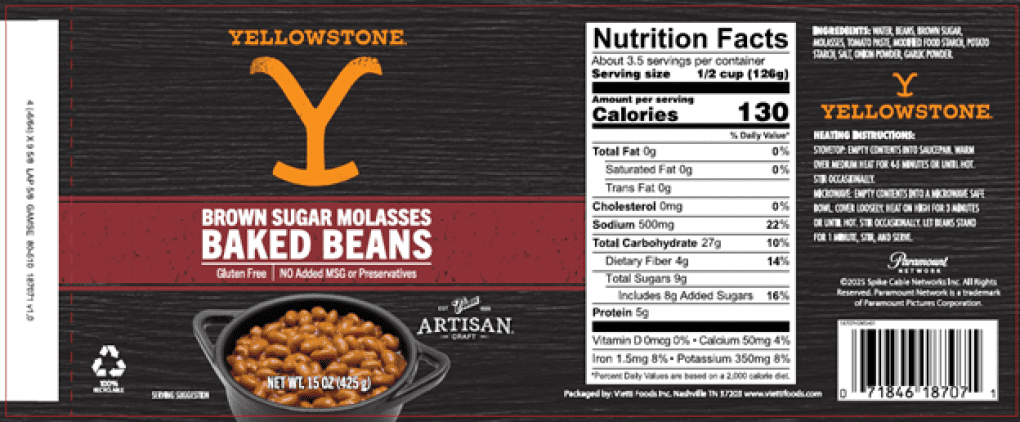Summary
At Southern meals, there might still be a little bowl of salt on the table during dinner, and old-school folks know that the dipping salt is there for the raw green onion on the side.
Source: Southern Living on MSN.com

AI News Q&A (Free Content)
Q1: Why is a bowl of salt traditionally present on Southern dining tables, especially during meals with raw green onions?
A1: In Southern United States cuisine, a small bowl of salt on the table is a longstanding tradition. The practice is particularly linked to eating raw green onions, which are commonly served as a side. Diners dip the green onion into the salt to enhance its flavor, reflecting both a practical and cultural appreciation for salt as a flavoring and preserving agent in Southern foodways.
Q2: What are the health implications of using table salt as a food ingredient, according to current global health guidelines?
A2: Table salt, primarily composed of sodium chloride, is essential in small amounts for human health, serving critical functions such as maintaining electrolyte balance. However, excessive consumption is linked to increased risks of cardiovascular diseases like hypertension. The World Health Organization recommends adults limit sodium intake to less than 2,000 mg (about 5 grams of salt) per day to reduce such health risks.
Q3: How do synthetic and natural salts compare in terms of health impact, based on recent scientific studies?
A3: Recent scientific reviews indicate that both synthetic and natural salts (such as sea salt, Himalayan salt, and rock salt) are primarily composed of sodium chloride and impact health similarly when consumed in equivalent amounts. Claims of superior health benefits for natural salts are largely unsupported by peer-reviewed research, and excessive intake of any salt type is associated with similar health risks, especially hypertension.
Q4: What are the safe and allowed ingredients in table salt, and how do anti-caking agents and iodine additions affect its safety?
A4: Table salt commonly contains additives such as anti-caking agents to prevent clumping and iodine to prevent iodine deficiency disorders. These ingredients are regulated by food safety authorities and are generally recognized as safe when used within prescribed limits. Iodization is considered a major public health achievement in preventing thyroid disorders, while anti-caking agents like calcium silicate are used in minimal, regulated amounts without known health risks at approved levels.
Q5: What does the latest research say about ingredient substitutions in recipes, especially for those with dietary restrictions or allergies?
A5: A 2024 scholarly survey highlights that ingredient substitution plays a crucial role in adapting recipes for dietary needs, allergies, and ingredient availability. Advances in computational models, such as AI-driven ingredient substitution, enable safer and more effective alternatives by analyzing nutritional content, flavor, and function. However, ensuring safety and user trust remains a priority, with ongoing research focusing on transparent substitution models for consumers managing allergies or restrictions.
Q6: How does the historical significance of salt in Southern cuisine relate to contemporary food safety and ingredient management?
A6: Salt's historical significance in Southern cuisine stems from its roles in preservation, flavor enhancement, and cultural rituals. Modern food safety practices build on this legacy by emphasizing regulated salt intake, proper storage, and ingredient transparency. Recent studies underline the importance of consumer education in food safety, particularly regarding the safe use and management of traditional ingredients such as salt.
Q7: Are there technological innovations that improve consumer awareness about the safety of food ingredients like salt?
A7: Recent technological advancements include the development of user-led food safety applications and AI systems that assist consumers in tracking ingredient safety, managing dietary intake, and receiving tailored nutritional advice. These tools leverage user preferences and real-time data to enhance food safety habits, aiming to reduce health risks associated with improper ingredient use, such as excessive salt consumption.
References:
- Salt - Wikipedia: https://en.wikipedia.org/wiki/Salt
- Cuisine of the Southern United States - Wikipedia: https://en.wikipedia.org/wiki/Cuisine_of_the_Southern_United_States





